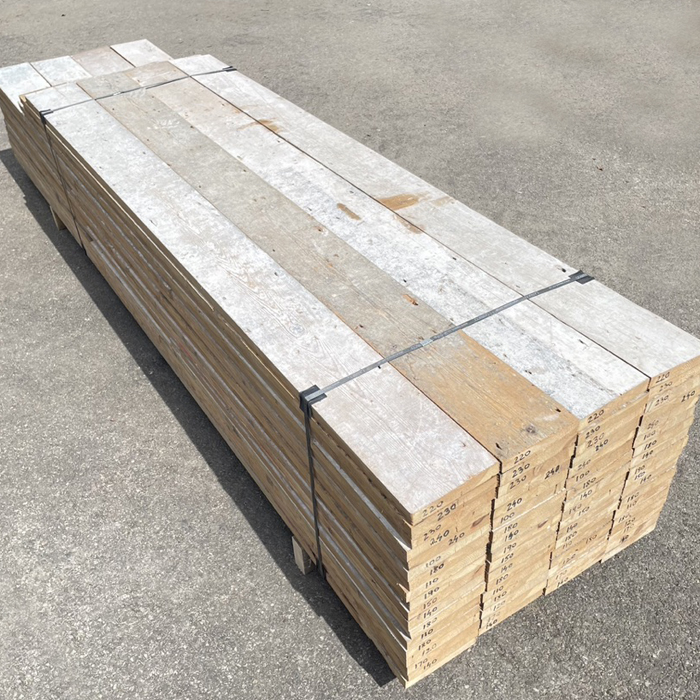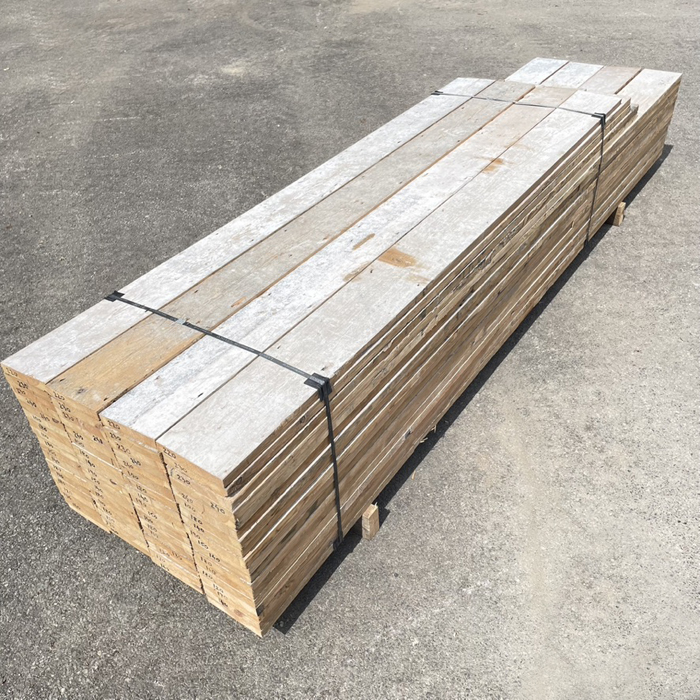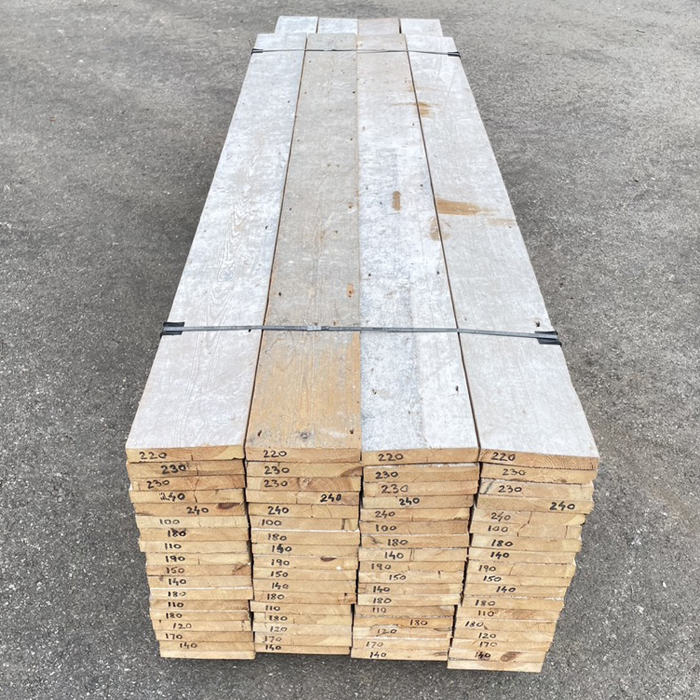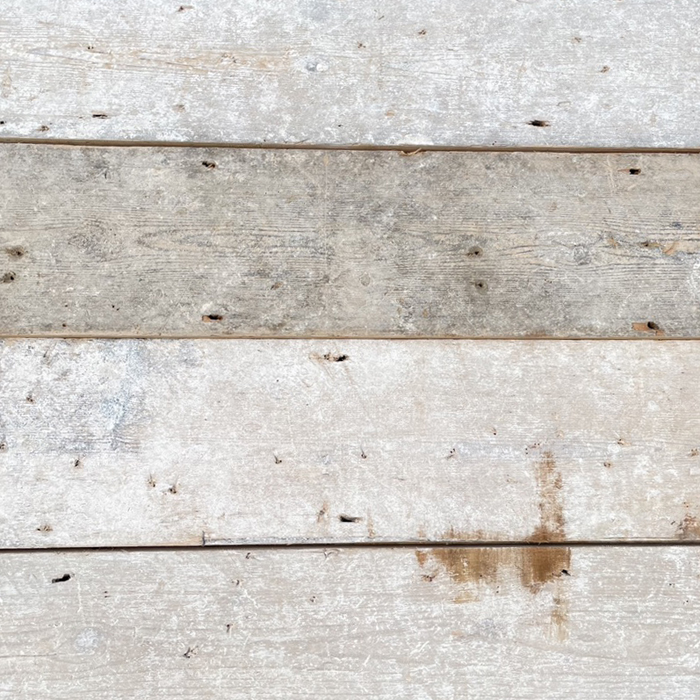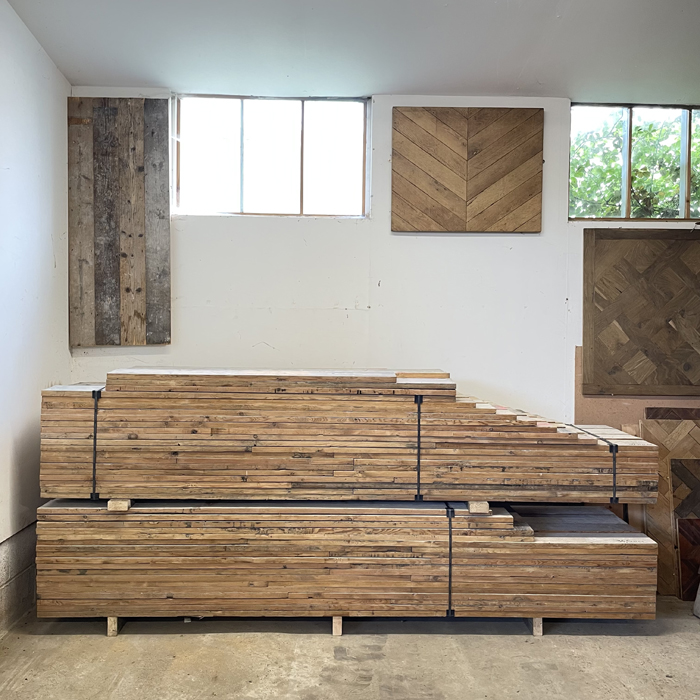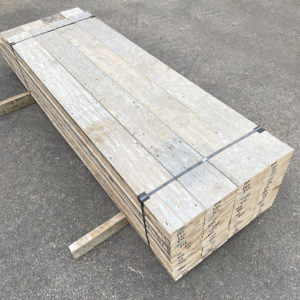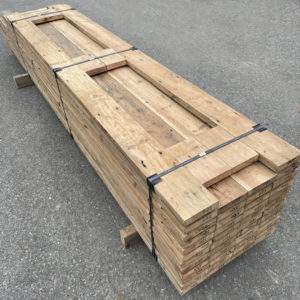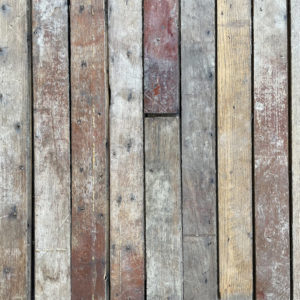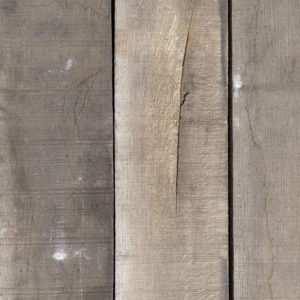Click and Collect – Please contact us to arrange collection or delivery of this item
Reclaimed 6 1/2″ Edwardian pine floorboards (34 sqm ex Egyptian House Piccadilly)
Square edge boards. Great quality Baltic pine.
Condition: biscuit patina, pleasantly worn with dints and scratches commensurate with age, surface nail holes, solid and uniform - good straight grain. 165mm wide; lengths across the batch: mostly 120-300cm [29mm thick],
£3,900 the batch (incl VAT)
These boards have a fantastic provenance – read the story of the site that they came from: Click Here
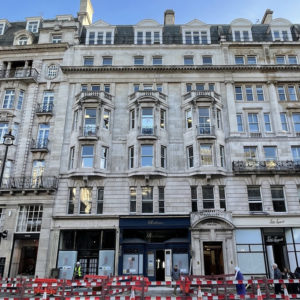
Square-edged in a mixture of lengths, as salvaged. The old growth Baltic Pine from which these boards are made is straight grained and with a mellow pale yellow colour if sanded. These boards are supplied unfinished and they require cleaning, sanding and finishing for those not celebrating the old patina. Scroll through the pictures < > to see details of the timber.
Batch sale only (equivalent price when sold per sq m = £5800)
The Building Conservation Society sums up the case for reclaimed pine flooring:
“The record demand for house building in 18th and 19th century London was an indicator of the nation’s prosperity. The demand for buildings resulted in a demand for timber; that timber was pine, felled in Poland and sent to England through the Baltic ports. The soaring popularity of imported softwood was driven by its quality and availability as well as favourable transport and conversion costs. The quality of slow-grown old-stand timber such as Pinus Sylvestris that was cut inland and sent down river to the Baltic ports of Memel and Riga was recognised by architects and craftsmen of the period. Contemporary specifications (for example by English architect Sir John Soane) called for pine and fir from these ports, including Memel and Riga Fir.
Much of our historic joinery and flooring was constructed from wood that was slow grown. This wood generally has a fine, close-grained texture and, because much of it was from old stands, it tends to be fairly clear of knots and vertically grained, giving it good durability and stability.
Today, managed softwood plantations aim to produce timber as quickly and as economically as possible. This faster grown timber is not as durable as that from the mature trees that were more common up to the start of the 20th century. Much of the modern fast-grown softwood will be used in construction once it has been pressure impregnated with preservatives. Generally this type of timber is not suited to quality repairs of historic joinery. The quality and closeness of grain of repair timber should match that of the original as closely as possible. This will reduce differential movement at the junction of old and new wood.”
Recently Viewed Items
-
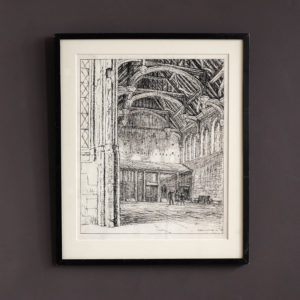
Eltham Palace, by Hubert John Williams.
£395Eltham Palace, by Hubert John Williams.
Hubert John Williams (1905-1989). Portrait, landscape and architectural painter, etcher and illustrator. Williams was born in Beckenham, Kent in 1905 and later studied at the Royal Academy Schools where he was awarded the Landseer Scholarship for 1928. He also attended the St Martins School of Art and the L.C.C. Schools. Between 1926 and 1939 he exhibited at the Royal Academy, Royal Scottish Academy, Royal Institute of Painters in Oil, and the New English Art Club amongst others. During WWII he worked as a cartographer in the War Office, then as commercial illustrator from 1946 specialising in children's education. His work can be found in many public collections including The Imperial War Museum and Museum of London.£395 -
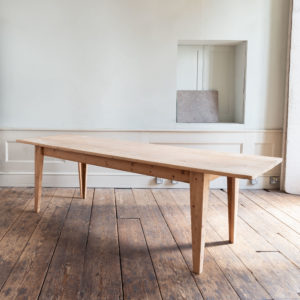
Ten person reclaimed pine dining table
£750Ten person reclaimed pine dining table
constructed from Victorian floor boards, supplied 'raw'/sanded without a finish.£750

